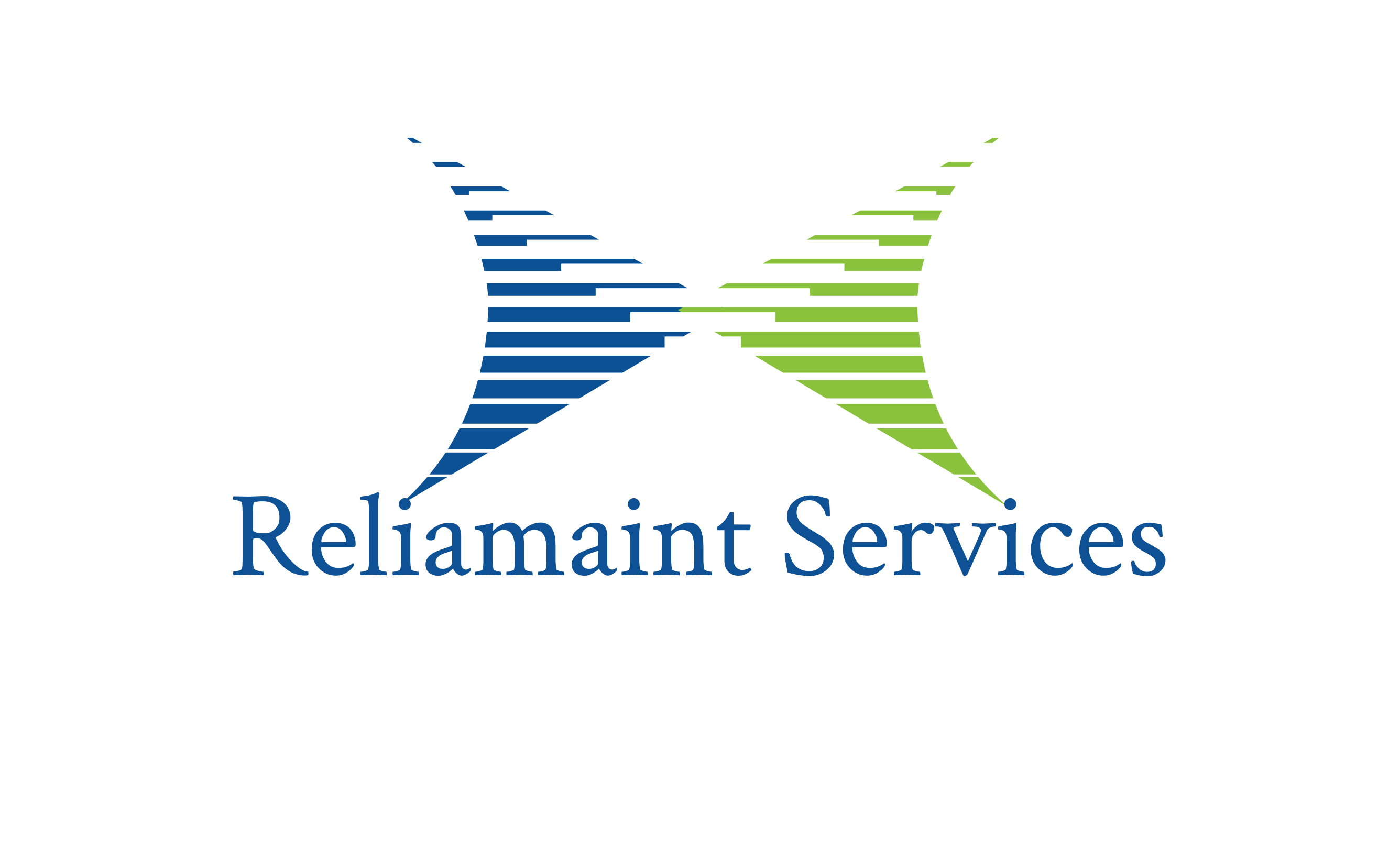Management
CMMS Structure and Functions
- 29 Jan. 2025
- 05 min read
A Computerized Maintenance Management System (CMMS) can be better understood by breaking it down into its core components: Master Data, Transactions, and Reporting. Each of these components plays a crucial role in ensuring the efficient management and maintenance of physical assets.
1. Master Data
Master data is the foundational information within a CMMS that describes and categorizes the assets and resources involved in maintenance operations. It includes detailed, static information that supports maintenance activities. Examples include:
Asset Information:
Asset Register – List of all physical assets, including machinery, equipment, vehicles, and facilities.
Asset Details – Specifications, serial numbers, model numbers, location, installation date, warranty information, and manufacturer details.
Asset Hierarchy – Organization of assets into a hierarchical structure (e.g., plant, system, sub-system, and component levels).
Maintenance Plans and Procedures:
Preventive Maintenance (PM) Schedules – Detailed schedules for routine maintenance tasks based on time intervals, usage, or condition monitoring.
Standard Operating Procedures (SOPs) – Step-by-step instructions for performing maintenance tasks.
Inspection Checklists – Lists of items to be inspected and criteria for evaluation during maintenance activities.
Parts and Inventory:
Spare Parts Catalog – Information about spare parts, including part numbers, descriptions, suppliers, and storage locations.
Bill of Materials (BOM) – Lists of parts and materials required for specific maintenance tasks or for maintaining particular assets.
Labor and Personnel:
Employee Information – Details of maintenance staff, including skills, certifications, work schedules, and contact information.
Contractor Information – Details of external contractors or service providers, including contact information, services offered, and contract terms.
2. Transactions
Transactions in a CMMS represent the dynamic, day-to-day activities and events related to maintenance operations. They cover the creation, processing, and tracking of maintenance tasks and related actions. Examples include:
Work Orders:
Work Order Creation – Generating work orders for maintenance tasks, including task details, asset involved, priority, and assigned personnel.
Work Order Assignment – Assigning work orders to maintenance staff or contractors.
Work Order Tracking – Monitoring the progress of work orders from creation to completion, including status updates and time tracking.
Maintenance Activities:
Preventive Maintenance Tasks – Scheduled maintenance activities performed based on predefined schedules.
Corrective Maintenance Tasks – Unscheduled maintenance activities performed in response to equipment failures or malfunctions.
Predictive Maintenance Tasks – Maintenance activities performed based on condition monitoring and predictive analytics.
Inventory Management:
Stock Issuance and Returns – Recording the issuance of spare parts and materials for maintenance tasks and the return of unused items to inventory.
Inventory Replenishment – Generating purchase orders or alerts for replenishing inventory levels when they fall below predefined thresholds.
Labor and Time Tracking:
Labor Hours – Recording the hours worked by maintenance staff on specific tasks or work orders.
Overtime and Shift Management – Managing overtime hours and shift schedules for maintenance staff.
3. Reporting
Reporting in a CMMS involves generating and analyzing data to provide insights into maintenance operations, asset performance, and overall efficiency. This information helps organizations make informed decisions and continuously improve their maintenance strategies. Examples include:
Maintenance Performance Reports:
Work Order Reports – Summaries of work order statuses, completion rates, and average time to complete tasks.
PM Compliance Reports – Analysis of adherence to preventive maintenance schedules, highlighting missed or overdue tasks.
Asset Performance Reports:
Asset Utilization Reports – Analysis of asset usage and performance, including downtime, uptime, and utilization rates.
Failure Analysis Reports – Examination of failure trends and root cause analysis for recurring issues.
Cost and Budget Reports:
Maintenance Cost Reports – Breakdown of maintenance costs by asset, department, or maintenance type (preventive, corrective, predictive).
Budget vs. Actual Reports – Comparison of maintenance budget forecasts with actual expenditures.
Inventory Reports:
Stock Level Reports – Current inventory levels of spare parts and materials, including critical stock alerts.
Inventory Usage Reports – Analysis of parts and materials consumption over time, identifying trends and potential shortages.
Compliance and Audit Reports:
Regulatory Compliance Reports – Documentation of maintenance activities, inspections, and audits to demonstrate compliance with industry standards and regulations.
Audit Trails – Detailed records of changes and transactions within the CMMS, providing transparency and accountability.
In summary, a CMMS is a comprehensive tool that integrates master data, transactions, and reporting to enhance the efficiency and effectiveness of maintenance operations. By leveraging these components, organizations can ensure their physical assets are well-maintained, operational, and contributing to overall business success.
About ReliaMaint
Stay tuned for insights on asset reliability and maintenance management.

Neeraj Kumar
CEO & Co-Founder
Recent Posts
Planning and Scheduling in Equipment Maintenance.
What CEOs Need to Know About Physical Asset Management.
CMMS: A Catalyst for Reliability Culture
How Data-Driven Process of Reliability and Maintenance can Enhance Asset Performance.
Categories
Tags
Newsletter
Contact us
Contact us to know more about these topics.
Send